Remembering a Nova Scotia base's role training WW I Jewish Legion soldiers
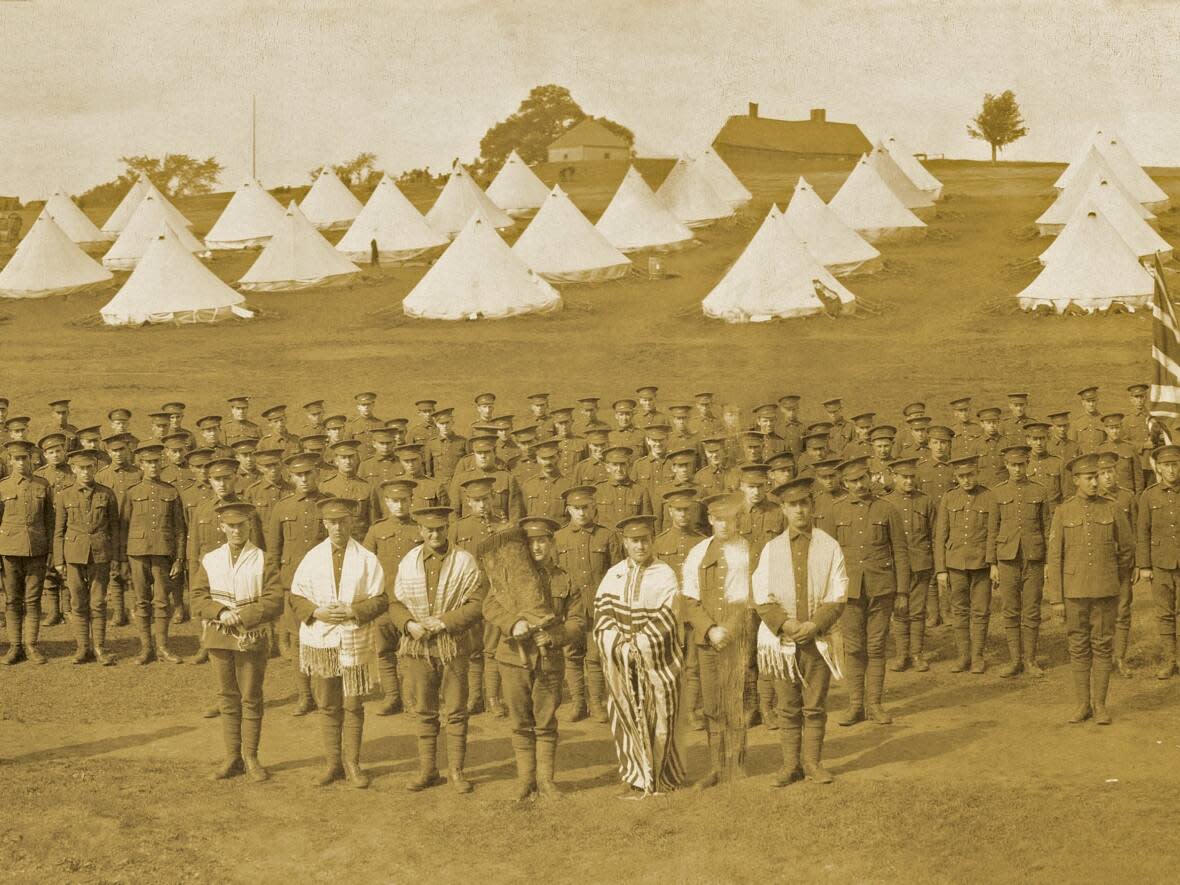
Three decades before he became Israel's first prime minister, David Ben-Gurion was a soldier training in Windsor, N.S. — and it was a place he'd never forget.
Ben-Gurion arrived in Windsor on June 1, 1918, to train with the Jewish Legion, a term that collectively referred to four battalions made up of Jewish soldiers. Ben-Gurion was part of the 39th Battalion, which was the sole battalion that did its training at Fort Edward.
Besides training soldiers for the Canadian Expeditionary Force, Fort Edward was the training ground for Jewish men from North (and even South) America who wanted to fight in the First World War, but had no country to represent.
While Jewish men with permanent residency in Canada or the U.S. could sign up for their country's respective forces, immigrant men without permanent residency could not.
Besides the naturalization requirements to serve, other challenges some Jewish men faced in serving were the requirement to eat kosher food and be among other Jews for prayer.
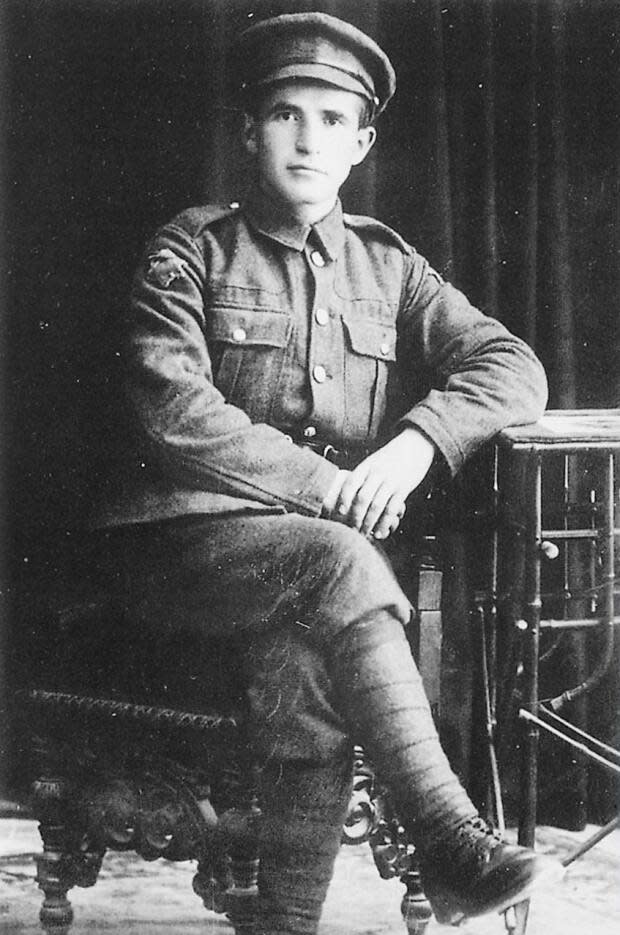
"There was this thought that these Jewish people were not doing their part," said Sara Beanlands, an archaeologist by trade who has written about the Jewish Legion's time at Fort Edward.
"And so there was this greater sense that, 'Well, they aren't fit to be soldiers. They're not doing their part.' And this fed into this sort of larger anti-Semitism that was present then and is still present today."
While the idea of an exclusively Jewish regiment fighting for the British Army dated back to 1914, it was only approved by the British War Office in 1917.
Beanlands said recruitment centres were established in places such as New York, Philadelphia, Boston, Pittsburgh, Cleveland, Detroit and Chicago.
By late February 1918, the first contingent of the 39th Battalion left New York for Windsor, with more recruits leaving the recruitment centres every three weeks. They came via ship or train to Canada, but made the final journey to Windsor by train.
While the Jewish soldiers Fort Edward primarily attracted were from Canada and the U.S., there were even some recruits from Argentina and Brazil, said Beanlands.
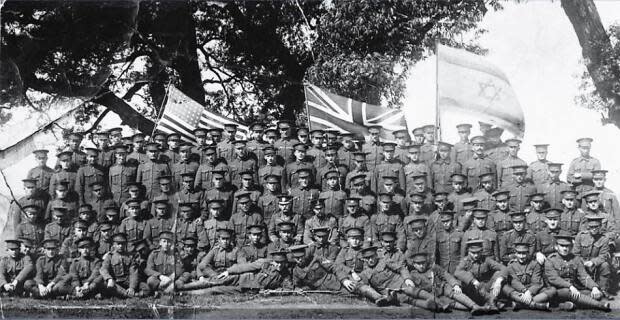
It's unclear how many Jewish Legion soldiers trained in Windsor, but there were an estimated 7,000 Jewish Legion soldiers worldwide.
"It's a really interesting and important piece of Canadian history, of Nova Scotian history, but certainly of Jewish history and truly of global significance," said Beanlands.
She said a lot of what is known about the day-to-day lives of Jewish Legion members in Windsor comes from newspaper accounts and letters Ben-Gurion sent to his wife.
"My first day in camp has been so rich in experiences and fresh impressions that I hardly know where to begin," he wrote. "I feel drunk with my new life. Everything here is better, more pleasant and more interesting than I thought it would be or expected."
Less than three weeks later, his optimism had soured.
"I am not a free man: I'm a soldier," he wrote. "And a soldier can't always do what he would like."
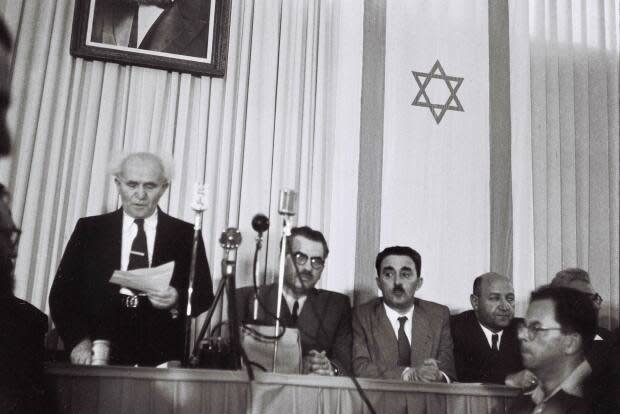
Soldiers' days began at 5:30 a.m. and included rollcall, a mandatory shave and breakfast. Physical training happened from 8 a.m. to 10 a.m., followed by military drill until noon and then there was a lunch break. From 2 p.m. to 4 p.m., there was more training, which was followed by mail call and dinner.
While there were special courses for non-commissioned officers from 6 p.m. to 8 p.m., troops could often be spotted on the streets of Windsor or at the local YMCA.
Ben-Gurion was a leader among the Jewish Legion members, with complaints often being brought to him.
"Almost nothing happens in camp which is not brought to me," he wrote in one letter.
Julie Thomas is the curator of the Army Museum Halifax Citadel. The museum has a small exhibit on the Jewish Legion. She said Ben-Gurion's letters reveal a lot.
"His letters home really talk a lot about ... just how involved he was with the unit to begin with, but how hard Fort Edward tried to make sure that accommodations were made for the Jewish people," she said.
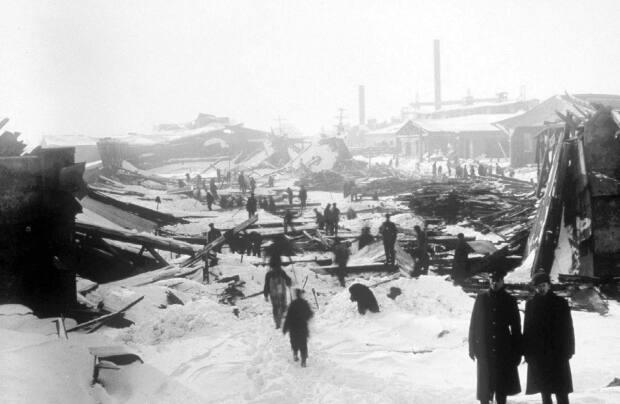
The food at Fort Edward wasn't good, and initially kosher food wasn't available. Ben-Gurion organized and chaired a committee that negotiated for improvements, which resulted in better meals and a kosher kitchen.
Life for the legionnaires had its challenges though. Beanlands said Ben-Gurion's letters indicate the soldiers felt isolated and were sometimes made fun of by the non-Jewish soldiers.
One day, a baseball game between the legionnaires and Canadian Expeditionary Force broke out in a brawl after the Jewish team pounded the Canadians.
But the legionnaires were generally welcomed in the broader community, said Beanlands. They helped fight a forest fire along with other troops from Fort Edward in late May 1918, helping save farms and homes from destruction.
And a celebration of the Jewish New Year on Sept. 6, 1918, included a banquet at the Windsor Opera House. Five-hundred legionnaires attended, as well as more than 100 prominent Canadian and English officers, and Windsor's mayor and other town officials.
"There really did seem to be a sense of community that embraced these Jewish soldiers during their training in Windsor, which I thought is quite remarkable really and something I think the town of Windsor should be proud of," said Beanlands.
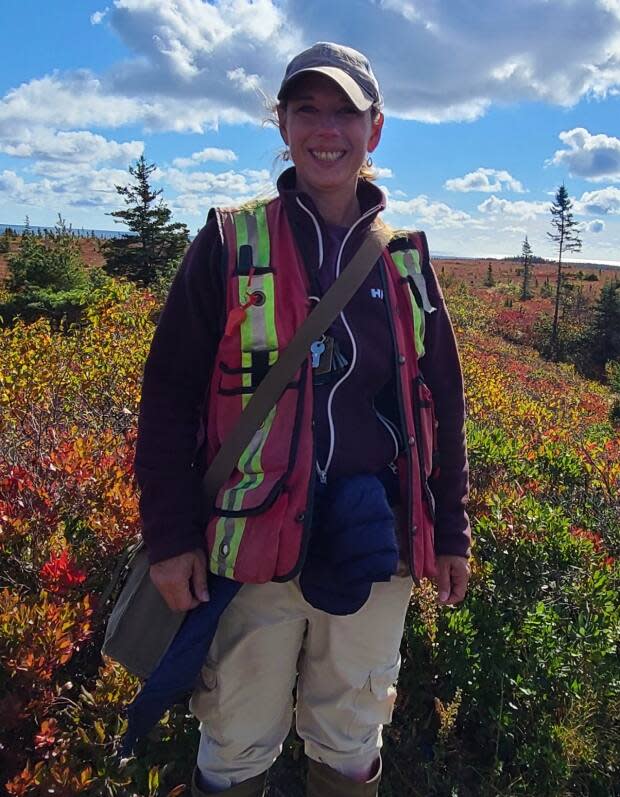
The reason why the 39th Battalion trained out of Windsor was because of damage the Halifax Armoury sustained during the Halifax Explosion in December 1917, said Thomas. After the explosion levelled parts of Halifax, Fort Edward took on a greater role training soldiers for the war effort.
After their training in Windsor, legionnaires were sent to the Crown Hill barracks in southern England for additional training before they headed off to war.
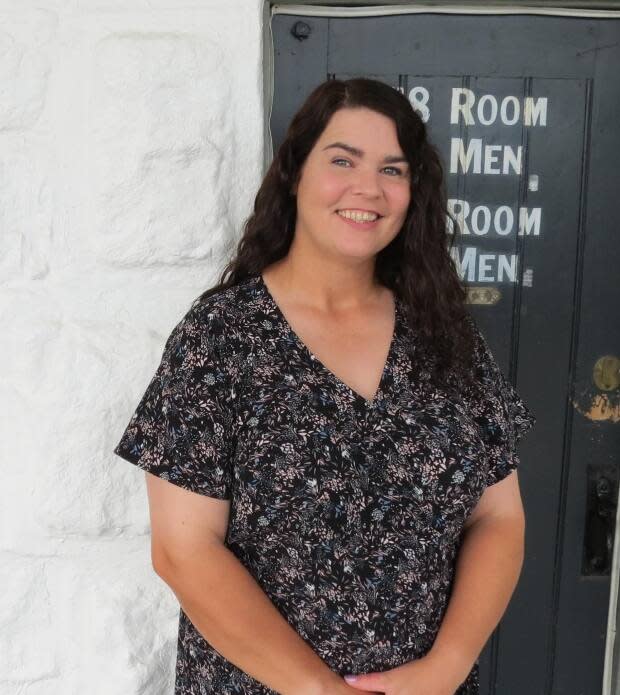
The war came to an end on Nov. 11, 1918, and it would be another three decades before Ben-Gurion became Israel's prime minister.
In 1966, at which point he was no longer prime minister, he responded to a letter from Windsor's mayor, Robert C. Dimock.
"In Windsor one of the great dreams of my life — to serve as a soldier in a Jewish Unit to fight for the liberation of Israel (as we always called Palestine) became a reality, and I will never forget Windsor where I received my first training as a soldier, and where I became a corporal," he wrote.
MORE TOP STORIES


